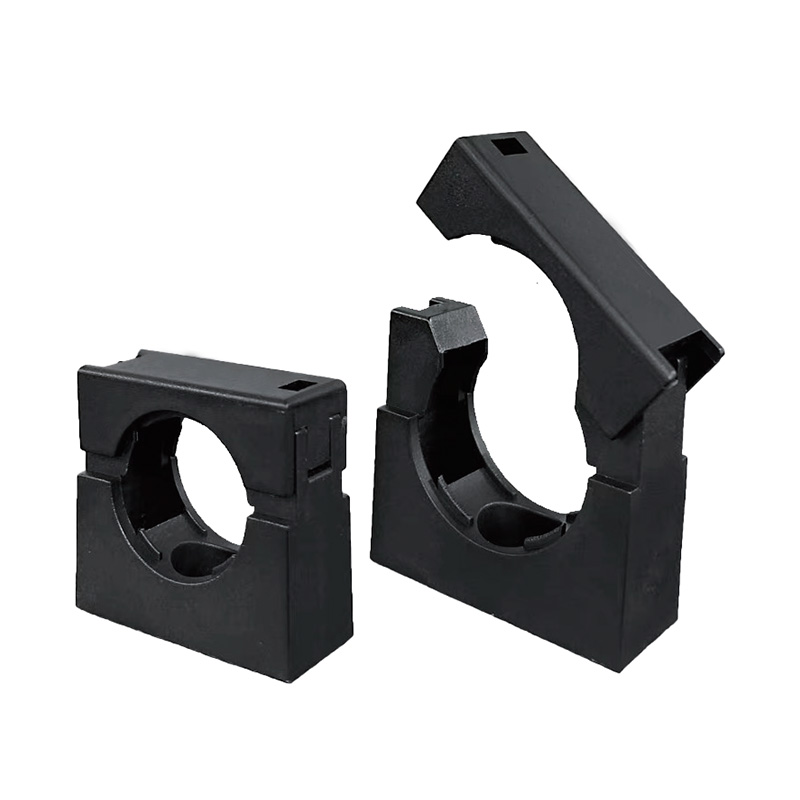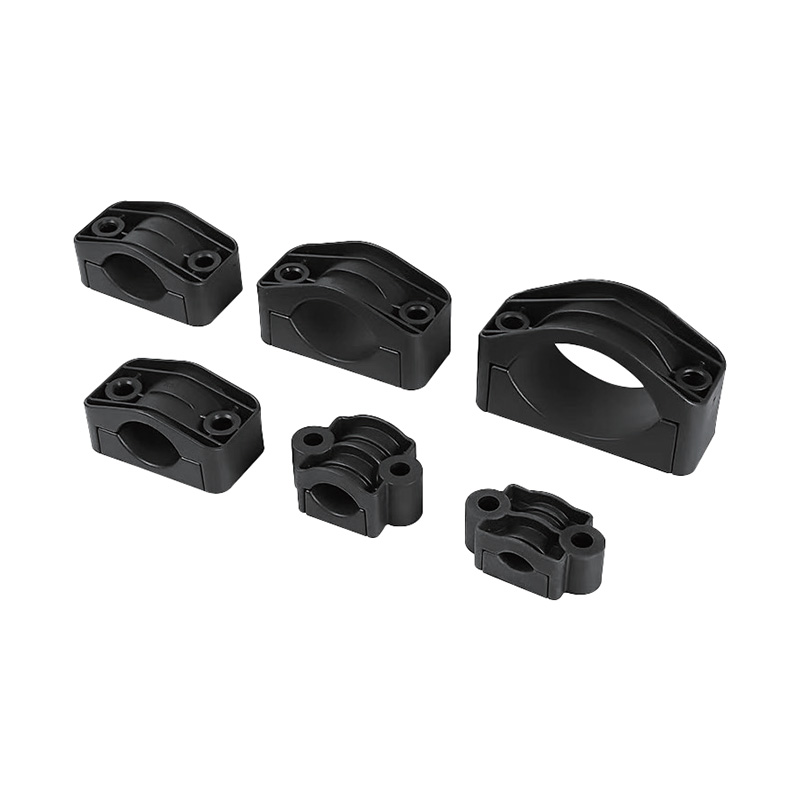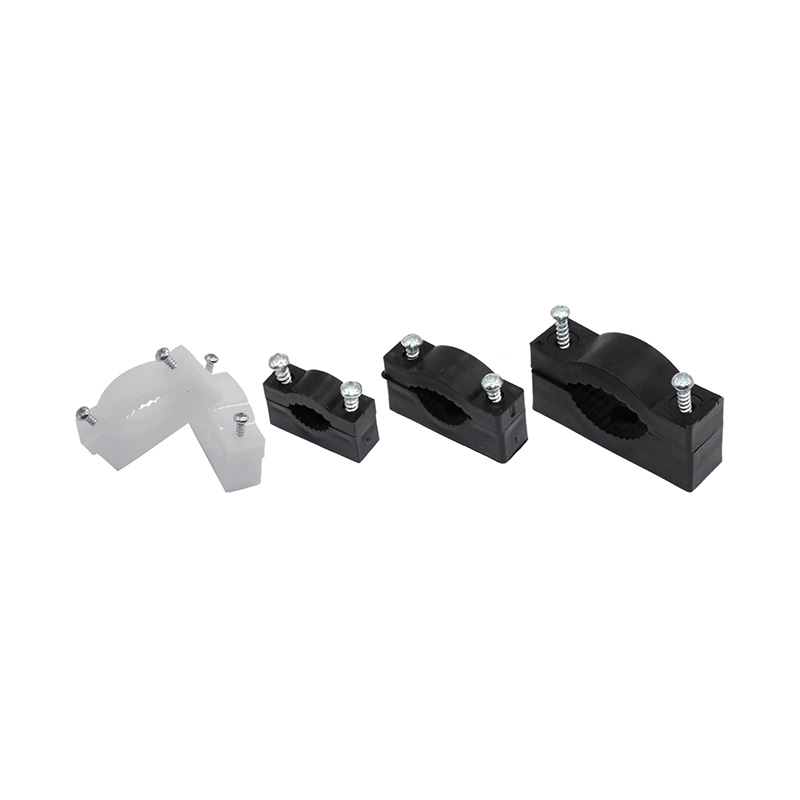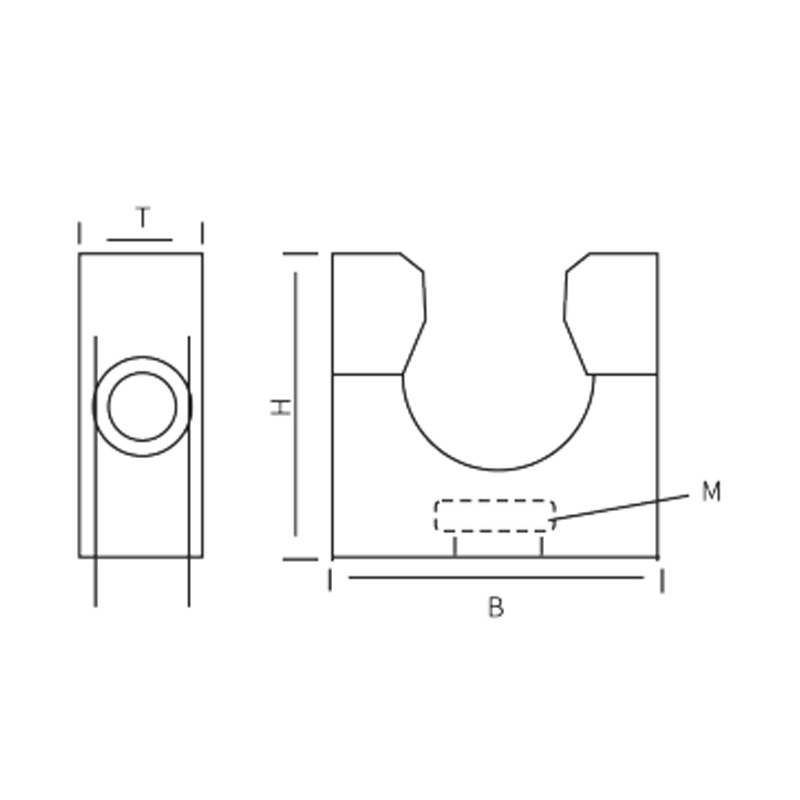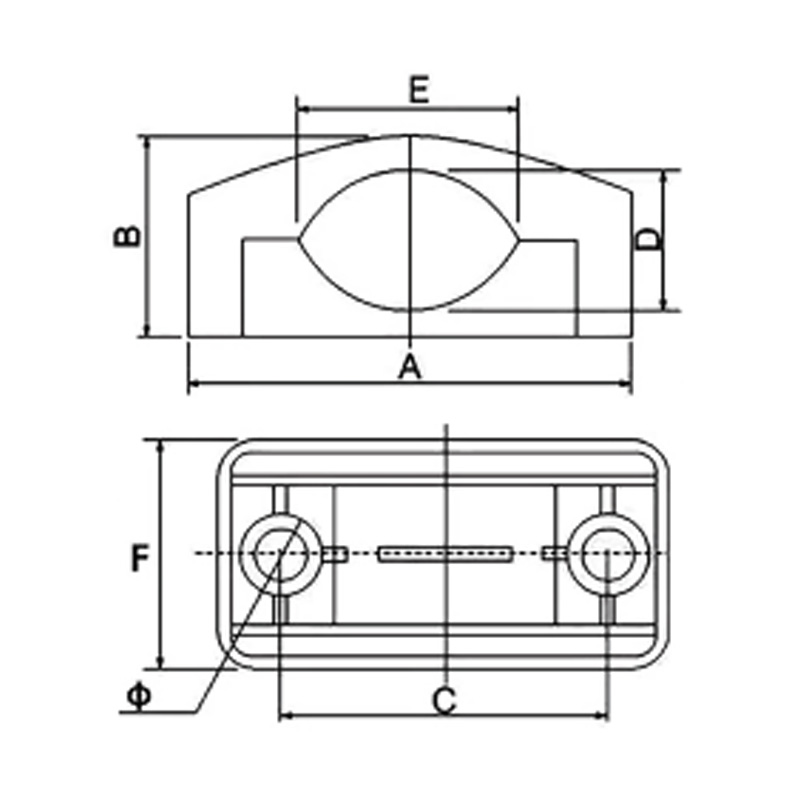Understanding and selecting the correct IP rating is essential when choosing a Waterproof Junction Box or Waterproof Distribution Box. It ensures safety, reliability, and long-term...
READ MORE-
-
Outdoor electrical installations face unique challenges that require specialized components to ensure their reliability and safety. Among the more important components are metal ca...
READ MORE -
Durability is a key factor when designing and maintaining electrical systems. With so many environmental challenges that electrical installations face—such as excessive temperature...
READ MORE -
Safety compliance is not just about adhering to regulations; it’s about protecting people, equipment, and infrastructure from the risks of electrical hazards. Electrical fires, sho...
READ MORE
Industry Knowledge Extension
Why Do You Need Bellows Fixings?
Their primary purpose is to manage and absorb movement within a system, thereby protecting it from stress, damage, and failure. The need for bellows fixings arises from several fundamental engineering challenges.
They are essential for accommodating thermal expansion and contraction. Pipes, ducts, and structures carrying hot media (like steam, exhaust gases, or heated fluids) expand when heated and contract as they cool. Without a flexible element like a bellows fixing, this natural movement would generate immense stress on anchors, supports, and connected equipment, warping, cracks, and ultimately, catastrophic failure. The bellows' convoluted design acts like an accordion, compressing, extending, and bending to safely absorb this dimensional change.
Bellows fixings are crucial for isolating vibration and shock. Machinery such as pumps, compressors, and engines generate harmful vibrations that can travel through connected piping, causing noise, wear on components, and potential resonance issues. Metal bellows, due to their flexibility, act as a mechanical filter, dampening these vibrations and preventing their transmission to the rest of the system. This not only protects sensitive instrumentation but also significantly reduces acoustic noise and fatigue on the piping network.
They play a key role in compensating for misalignment. During the installation of complex piping systems, alignment between two fixed points is often impossible to achieve due to tolerances or settling of structures. Bellows fixings can accommodate minor lateral, angular, and axial misalignments, simplifying the installation process and eliminating the need for excessive force to "make the pipe fit," which would otherwise create pre-stress and weaken the entire assembly. In summary, bellows fixings are not just components; they are a system's insurance policy against the inevitable forces of movement.
What is the Role of Cable Clamps & Blocks?
In any electrical installation, from a commercial aircraft to a home appliance, the orderly management of wiring is a fundamental requirement for safety, reliability, and performance. Cable clamps and blocks are the unsung heroes of this process, providing the organized structure that prevents chaos. Their roles are multifaceted and critical to the integrity of any electrical system.
The primary role is securement and strain relief. Loose cables are vulnerable to damage from abrasion as they rub against sharp edges or other components. They are also susceptible to being pulled, stretched, or snagged during installation, maintenance, or operation. Cable clamps, typically made of nylon, steel, or vinyl, firmly hold bundles of wires in a fixed position. This prevents excessive movement, protects connection points at terminals from pulling loose, and provides a defined strain relief point, ensuring that any tugging force is absorbed by the clamp and not by the delicate electrical termination.
A closely related role is organization and routing. Cable blocks, also known as wiring ducts or breakout blocks, are designed with multiple channels to route individual wires or cable bundles in a neat and logical manner. This organized approach is vital for troubleshooting and maintenance, as it allows technicians to easily trace circuits without navigating a tangled "rat's nest" of wires. It also improves airflow around components by eliminating dense clumps of cable that can trap heat, a key factor in preventing overheating and ensuring system longevity.
Can Metal Bellows Assemblies Be Reused?
The question of reusability for metal bellows assemblies is a complex one with a critical answer: it is highly discouraged and generally unsafe to reuse them in critical applications. While a bellows might appear physically intact after its initial service life, several hidden factors make reuse a significant gamble with integrity and safety.
The foremost reason is material fatigue and memory. Metal bellows operate by flexing their convolutions. Each movement—whether from vibration, pressure pulses, or thermal cycles—contributes to cumulative metal fatigue. This fatigue creates micro-cracks that are invisible to the naked eye but can rapidly propagate upon re-pressurization in a new application. Furthermore, the bellows can develop a "memory" from being held in a compressed or extended position for a long period, changing its spring rate and performance characteristics. Reusing a fatigued component undermines its engineered life expectancy and dramatically increases the risk of a sudden, catastrophic failure.
Contamination and corrosion are often irreversible. During service, the inner surface of a bellows can become contaminated with media from the original process, such as corrosive chemicals, abrasive particles, or polymerized residues. These contaminants can be impossible to fully remove from the delicate convolutions and will attack the metal from the inside out in the new application or contaminate a new, clean system. Even in clean systems, surface corrosion can have already begun, compromising the wall thickness and the assembly's pressure rating.
The integrity of the welded ends cannot be guaranteed. A metal bellows assembly is a precision unit where the bellows is welded to end fittings. The stress of removal—often involving wrenching, prying, or heating—can create micro-fractures in these critical welds. Once disturbed, the assembly can no longer be considered a single, reliable unit. For these reasons, metal bellows assemblies are typically treated as single-use, engineered components. The cost of a failure, whether in downtime, product loss, or safety incidents, far outweighs the initial savings of reusing an old part.


 English
English 中文简体
中文简体 Español
Español عربى
عربى

